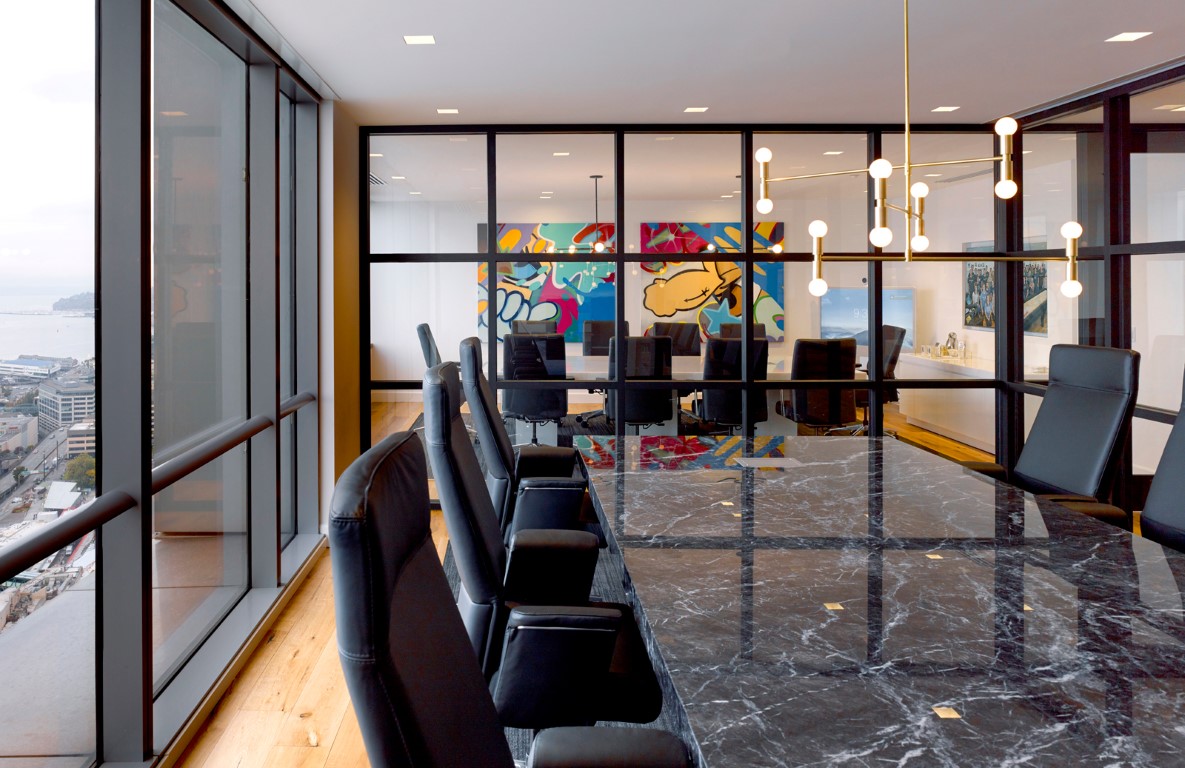While the San Francisco Bay Area is the technology hotbed famous enough to spawn an HBO sitcom (Silicon Valley), serious attention should also be paid to Los Angeles’ conglomeration of start-up incubators and accelerators. Located in the Westside region of L.A., “Silicon Beach” is home to more than 500 high-tech companies.
Who’s here? Silicon Beach is home to the headquarters of Snapchat, Activision and Hulu, as well as offices for Google, Yahoo!, YouTube, BuzzFeed, Facebook, AOL, Electronic Arts, EdgeCast Networks, Myspace and more.
Santa Monica is the birthplace of Silicon Beach, and it only took a few years before the tech trend expanded south into Venice, Marina Del Rey and Playa Vista. Within the last 12 months, the momentum has carried into surrounding markets such as Culver City and El Segundo.
What we’ve seen is that the newer areas—Culver City and El Segundo—are experiencing lower vacancies and offering affordable rents. Meanwhile, Santa Monica, Venice, Marina Del Rey and Playa Vista are watching vacancies go up but aren’t countering with lower rents.
This is a bit alarming.
The average asking rate in Santa Monica is $4.64 per square foot, which is 14.3 percent higher than the beginning of 2015. Vacancy in Santa Monica is at 11.8 percent, 4.8 percent increase since the beginning of 2015. Venice, Marina Del Rey and Playa Vista share a similar story, and while rates aren’t as high, rent has gone up, as has vacancy.
Why is this happening? It’s not due to increased sublease inventory and its mostly not due to new construction. Across Silicon Beach less than 100,000 square feet of new space was delivered in 2016, and while there’s more under development that will deliver later this year and in 2018,the net new space only accounts for less than a quarter of the increase in vacancy. What is really driving the vacancy rate up are relocations out of the market.
This begs the question: Why are landlords in Silicon Beach sitting idle while tenants leave their buildings? Why not lower rates and stay competitive? The answer lies in the counterintuitive way most real estate owners value properties.
Rather than value cash flow, most owners place a high value on terminal asset value. Holding out for high rents, even if it means short-term cash flow reductions, often makes sense to these owners.
At some point, the supply/demand equation of the market will no longer justify these rents, and owners will find themselves with vacant buildings and be unable to secure higher rents. (If you’re curious about the math behind some landlords’ logic, check out this insightful article by John Jarvis from the Hughes Marino team.)
The data below gives a clear illustration of why tech companies once only considering Santa Monica, Venice, Marina Del Rey and Playa Vista are now moving to Culver City and El Segundo, expanding the borders of Silicon Beach.
![]()
![]()



